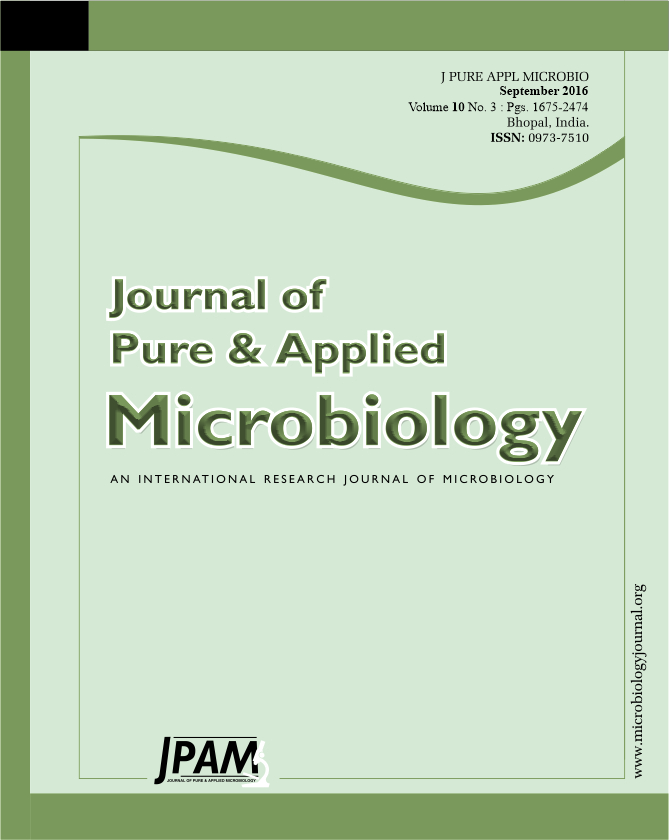In the present investigation, the dairy industry waste water collected from three different industries was analyzed for its physiochemical characteristics. Seven bacterial strains were isolated from the effluent and their bioremediation efficiency was determined individually and in the combination as consortia. The two most efficient bacteria were identified as Bacillus sp. RD_DARAB_02 16S ribosomal RNA gene, partial sequence [Sequence ID: gb|KU597549.1] (ISD1) and Citrobacter freundii strain LCJY-002 16S ribosomal RNA gene, partial sequence [Sequence ID: gb|KC691177.1|] (ISD4) by 16S rDNA sequencing. Laboratory experiments were conducted to evaluate the biodegradation potential of ISD1 and ISD4 bacterial strains as individual isolates, free cell consortia and as immobilized consortium. Comparative analysis revealed that the combination of ISD1 and ISD4 reduced the BOD in significant amount (82.33%) in comparison to individual isolates. Furthermore, the immobilized consortia as beads showed even better reduction in BOD (91.2%) after 3days of incubation than free cell consortium. Other important physiochemical parameters viz. pH, TS, DO, BOD, COD and oil and grease (O&G) were also measured as 7.8, 383, 1.9, 147, 395 and 9.6, respectively after treatment with free cell consortia where as immobilized bacterial consortium brought the pH, TS, DO, BOD, COD and oil and grease to the levels of 7.3, 357, 2.4, 73, 247 and 7.3, respectively.
Dairy effluent, Biodegradation, Immobilized bacteria, Consortium.
© The Author(s) 2016. Open Access. This article is distributed under the terms of the Creative Commons Attribution 4.0 International License which permits unrestricted use, sharing, distribution, and reproduction in any medium, provided you give appropriate credit to the original author(s) and the source, provide a link to the Creative Commons license, and indicate if changes were made.


